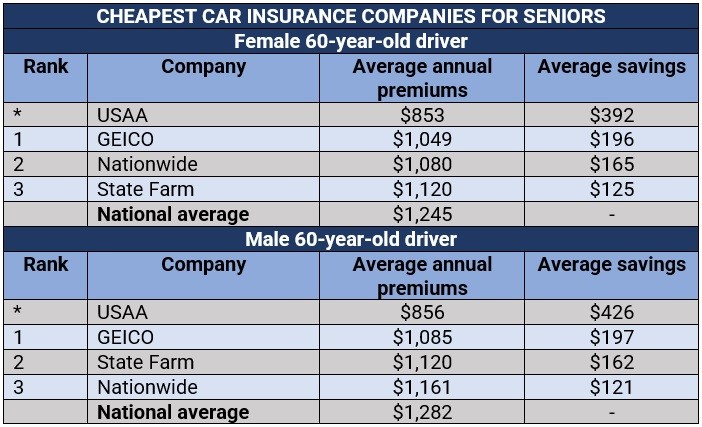Navigating the world of car insurance may often appear intimidating, due to a myriad of options and terminology that might leave many being lost. Determining a suitable auto insurance policy is more than about meeting legal requirements; it’s about protecting yourself, your vehicle, and your financial future. Given countless providers vying for attention, understanding the intricacies of coverage options, premiums, and claims can make a vital impact in obtaining a policy that truly suits your needs.
Car insurance is crucial for every driver, offering a safety net against the unforeseen events that might occur on the road. Including accidents to theft or natural disasters, having the right coverage can reduce financial stress and ensure peace of mind. As we explore further into the components of car insurance, we will simplify the complex language and help you make informed decisions that align with your individual circumstances.
Understanding Automobile Insurance Basics
Vehicle coverage is a essential financial product that protects car possessors from likely damages caused by collisions, theft, or destruction. It provides coverage for multiple incidents, allowing operators to feel more secure on the road. Picking the best vehicle insurance can be daunting due to the numerous alternatives available and the specific conditions that change from one contract to the next.
In general, car coverage policies consist of various key features, including third-party coverage, impact coverage, and extensive coverage. Liability coverage aids pay for injuries or damages you may cause to another party in an incident. Collision coverage protects your own car in cases of collisions, while full coverage covers other incidents such as theft or environmental disasters. Understanding these features is important for picking a plan that suits your requirements and financial situation.
In evaluating the expense of vehicle insurance, several considerations are taken into account, including the motorist's age, road background, type of automobile, and place. Coverage providers assess these factors to determine rates and decide on coverage options. Understanding what influences your coverage rates can help you to make educated judgments to find the ideal balance between insurance and cost-effectiveness.
Categories of Car Insurance Policies
Car insurance policies can be broadly classified into various types, each designed to provide different levels of protection based on individual requirements. The most common type is third-party insurance, which covers damages to third parties and their assets in the case of an incident where you are at fault. This is usually required by regulation and guarantees that drivers can compensate others for their injuries and losses.
Another important type of policy is collision coverage, which covers loss to your own car arising from a crash with a different car or thing, regardless of fault. This is particularly beneficial for newer or more expensive cars, as it helps cover repair costs and safeguards your asset. Additionally, comprehensive coverage provides coverage for non-accident incidents, such as theft, vandalism, natural disasters, and animal strikes, ensuring a more extensive coverage for car owners.
Finally, there are unique plans like underinsured motorist coverage, which safeguards you in case of an incident with a driver who lacks insurance or has insufficient coverage. There is also personal injury protection, which covers healthcare costs and income loss for you and your passengers after an incident. Comprehending these different kinds of auto insurance policies aids consumers make educated decisions tailored to their particular needs and financial situations.

Factors Affecting Automobile Auto Insurance Costs
Several factors contribute in the assessment of automobile insurance premiums. One key factors comes from the driver's personal information. Age group, sex, relationship status, along with history of driving all play important parts. Teenage drivers, especially males, often face increased costs due to perceived greater risk. Additionally, a clean record driving record with minimal accidents and traffic violations can lead to reduced rates, while a history of claims can hike premiums considerably.
The kind of automobile insured also affects vehicle coverage premiums. Cars with better safety ratings and reduced theft rates generally bring lower premiums. In contrast, vehicles that are costly to repair and are at greater risk of theft may lead to increased insurance costs. Additionally, the automobile's age along with the availability of safety features, like automatic braking and anti-lock brakes, can additionally impact premium determinations.
Geographical location serves as another significant factor that affects car insurance costs. Areas with high crime rates as well as dense traffic might lead to increased premiums because of the greater likelihood of accidents and theft. Car insurance quotes may also evaluate local weather patterns, as regions prone to natural disasters might see increased rates. As a result, understanding these diverse influencing factors can help drivers arrive at informed decisions regarding their car insurance plans.
